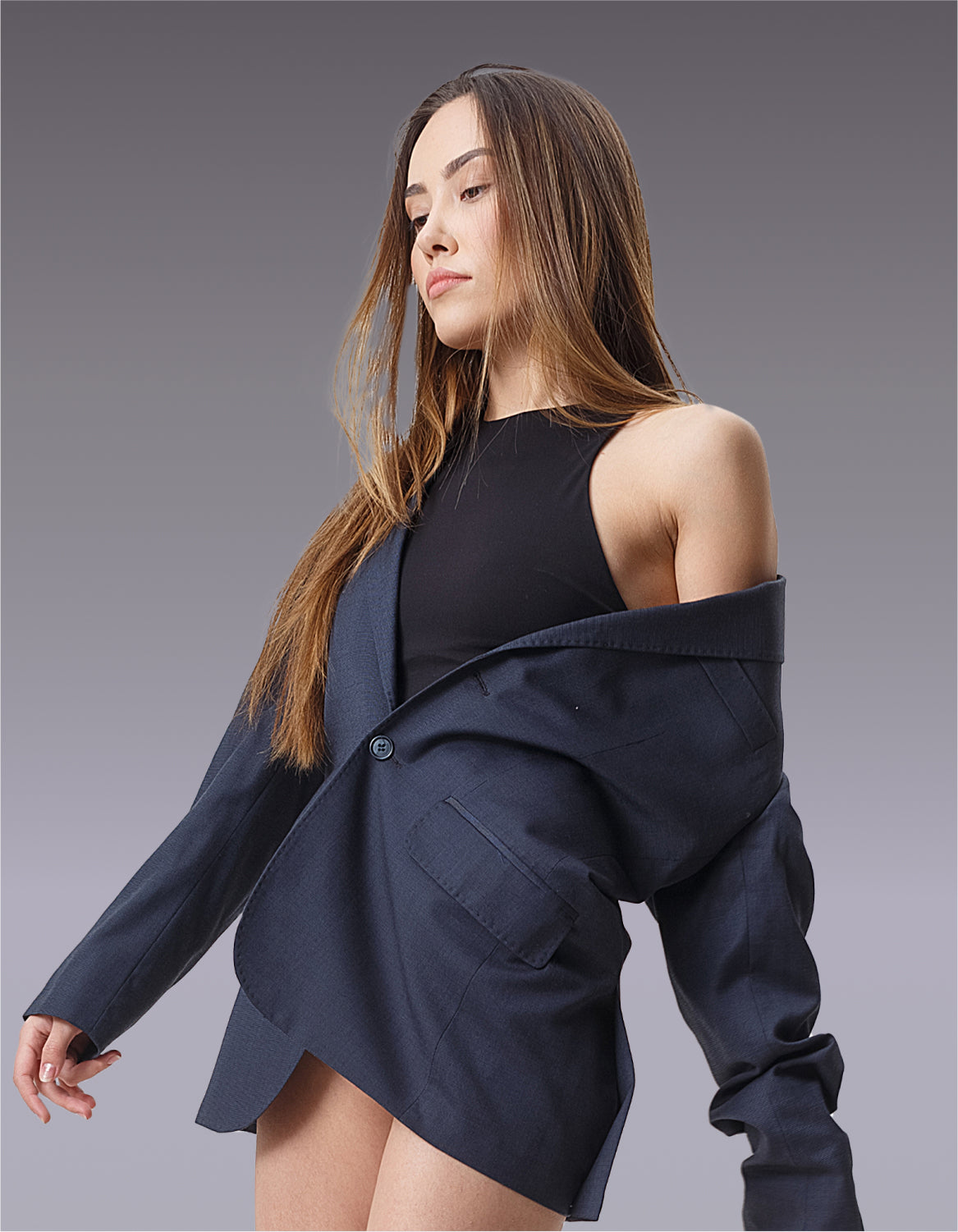Our Thorough Guide to Making Eco-Friendly Fashion Choices Without Giving In on Style is your go-to resource for building a wardrobe that’s both fashionable and sustainable.
Sustainable fashion is about making choices that are kind to the environment and ethical for the people involved in production. Understanding what sustainable fashion means is the first step: it includes using eco-friendly materials, ethical labor practices, and reducing waste. Many brands are now committed to sustainability, offering stylish options that don't compromise on ethics. When shopping, look for organic fabrics, fair trade certifications, and companies with transparent supply chains. Additionally, taking good care of your clothes by following care labels and opting for quality over quantity can further enhance your wardrobe's sustainability. Embracing sustainable fashion is a rewarding way to stay stylish while making a positive impact.
Key Points:
- Understanding Sustainable Fashion: What it means and why it matters.
- Brands to Know: Highlighting ethical and sustainable clothing brands.
- Shopping Tips: How to identify sustainable fabrics and production methods.
- Caring for Your Clothes: Extending the life of your garments through proper care.
Why Sustainable Fashion Matters
- Environmental Impact: Traditional fashion production is one of the largest polluters. Sustainable fashion aims to reduce this by using eco-friendly materials and processes.
- Social Impact: Ethical fashion supports fair wages and working conditions, combating exploitation in the industry.
- Quality and Longevity: Sustainable fashion often focuses on quality, leading to longer-lasting garments that reduce the need for frequent replacements.
Brands to Know
Several brands are leading the way in sustainable fashion. Here are a few to consider:
- Patagonia: Known for its commitment to the environment, using recycled materials and supporting fair labor practices.
- Everlane: Transparent about its production processes, focusing on ethical factories and high-quality materials.
- Reformation: Combines stylish designs with eco-friendly materials and practices.
- People Tree: Pioneers in fair trade fashion, offering a wide range of sustainably produced garments.
Shopping Tips
Finding sustainable and stylish clothes requires a bit of knowledge and effort. Here are some tips to help:
- Research Brands: Look for brands that are transparent about their production processes and commitment to sustainability.
- Check Labels: Look for certifications like Fair Trade, GOTS (Global Organic Textile Standard), and Bluesign, which indicate eco-friendly and ethical practices.
- Opt for Quality Over Quantity: Invest in well-made pieces that will last longer, reducing the need to buy frequently.
- Choose Timeless Styles: Avoid fast fashion trends and choose classic pieces that won’t go out of style quickly.
Identifying Sustainable Fabrics
Knowing which fabrics are sustainable can help you make better shopping choices:
- Organic Cotton: Grown without harmful pesticides and chemicals.
- Recycled Polyester: Made from recycled plastic bottles, reducing plastic waste.
- Hemp: Requires less water and pesticides to grow compared to conventional cotton.
- Tencel (Lyocell): Made from sustainably sourced wood pulp and produced in a closed-loop process.
Caring for Your Clothes
Proper care for your clothes is essential to maintain their quality, longevity, and appearance, ensuring they continue to look and feel great wear after wear. In this guide, we’ll delve into effective strategies for laundering, storing, and maintaining your wardrobe. Learn how to sort and wash garments according to fabric type, use the right detergents and wash settings, and avoid common pitfalls like overloading the washing machine or using harsh chemicals. Discover the importance of proper drying techniques, whether air-drying or using a dryer, and how to store your clothes to prevent damage and deterioration. Additionally, we’ll cover tips for removing stains, dealing with pilling, and making minor repairs to keep your clothes in top condition. With these insights, you’ll be equipped to extend the life of your favorite pieces and keep your wardrobe looking its best.





